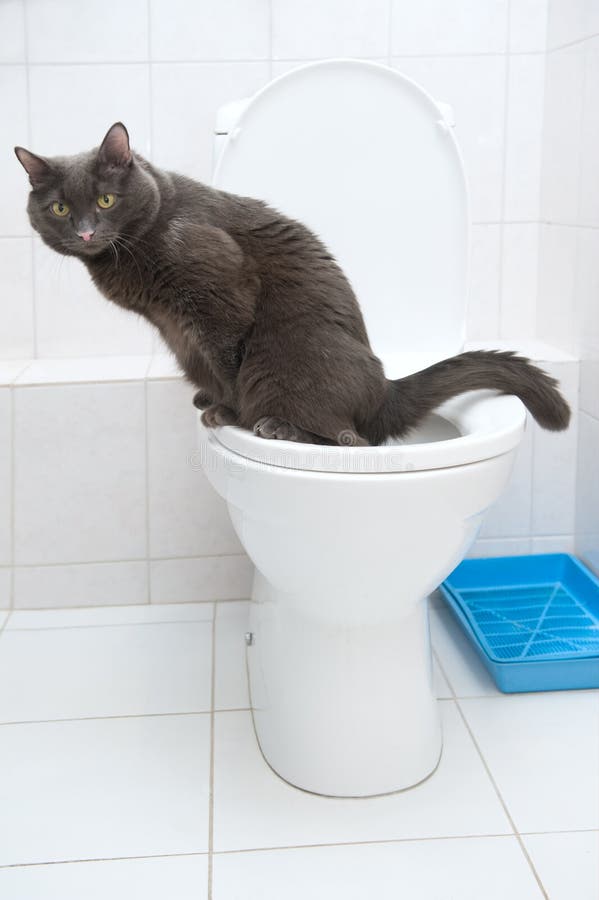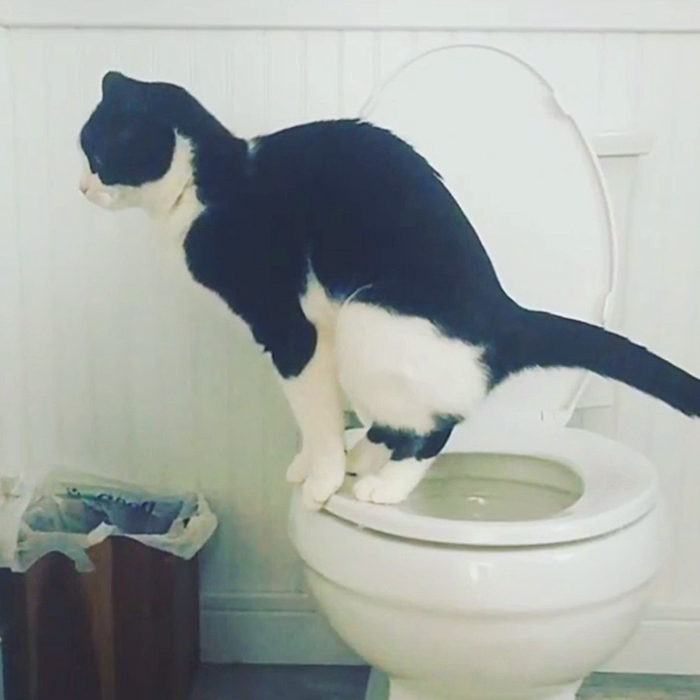Why You Should Avoid Flush Cat Poop Down Your Toilet - Crucial Information
Why You Should Avoid Flush Cat Poop Down Your Toilet - Crucial Information
Blog Article
They are making a number of good points about How to Dispose of Cat Poop and Litter Without Plastic Bags in general in this post on the next paragraphs.

Introduction
As cat proprietors, it's necessary to be mindful of just how we throw away our feline good friends' waste. While it may seem practical to purge feline poop down the bathroom, this practice can have destructive repercussions for both the atmosphere and human health and wellness.
Ecological Impact
Purging feline poop introduces unsafe microorganisms and bloodsuckers into the water, positioning a substantial risk to marine communities. These impurities can negatively influence aquatic life and compromise water high quality.
Wellness Risks
In addition to ecological concerns, flushing cat waste can likewise posture health and wellness risks to people. Cat feces may have Toxoplasma gondii, a parasite that can cause toxoplasmosis-- a possibly severe health problem, particularly for expecting females and people with weakened body immune systems.
Alternatives to Flushing
Fortunately, there are much safer and much more accountable ways to take care of cat poop. Consider the complying with choices:
1. Scoop and Dispose in Trash
One of the most common method of taking care of pet cat poop is to scoop it right into a naturally degradable bag and throw it in the garbage. Be sure to use a dedicated litter inside story and throw away the waste immediately.
2. Use Biodegradable Litter
Choose eco-friendly pet cat trash made from materials such as corn or wheat. These trashes are environmentally friendly and can be safely taken care of in the trash.
3. Bury in the Yard
If you have a lawn, consider hiding pet cat waste in an assigned location far from veggie gardens and water resources. Make certain to dig deep sufficient to avoid contamination of groundwater.
4. Mount a Pet Waste Disposal System
Invest in an animal waste disposal system particularly designed for pet cat waste. These systems use enzymes to break down the waste, minimizing odor and environmental influence.
Conclusion
Liable family pet ownership expands beyond offering food and shelter-- it likewise involves appropriate waste administration. By avoiding purging cat poop down the toilet and selecting alternative disposal techniques, we can reduce our ecological impact and protect human health and wellness.
Why You Should NEVER Flush Cat Poop (and/or Litter) Down Your Toilet
The Problem with Litter
The main function of litter is to solidify and adhere to your cat’s waste. While this makes litter excellent for collecting cat poop and urine, it’s also the exact property that makes it a nightmare when flushed down the toilet.
Cat litter can and will clog pipes. There is non-clumping litter, but it’s still quite heavy and can build up in pipes. This is true even of supposed “flushable litter.”
The problems only compound when the litter is already clumped into cat waste. Toilet paper is among the more flushable things, and even too much of that will clog a toilet.
The Problem with Cat Poop
Sewers and septic systems are designed with human waste in mind. The microbes that help break down human waste don’t work on cat waste. Additionally, cat poop plays host to the parasite Toxoplasma gondii.
When flushed, this parasite can enter the environment in places it was never meant to, posing a risk to pregnant women, their unborn children, and other people with compromised immune systems. While it might not seem possible, flushing cat poop can indeed introduce this parasite to the public water supply.
These reasons are why, even if you’ve trained your cat to go on the toilet and flush, which is possible, it’s still not a good idea. Also, pregnant women and the immunocompromised shouldn’t change litter, either.
How to Handle Litter
The best way to handle litter is to simply put it in a plastic bag and place it in the trash. Avoiding environmental risks and possible plumbing damage is worth the extra effort.
You can also invest in devices that seal away your cat’s waste in a separate compartment, so you don’t have to change the litter nearly as often. They’re also safer for pet owners because they limit the possibility of Toxoplasma gondii exposure.
Disposing of litter the old-fashioned way will ensure you won’t have to worry about any issues that flushing the waste can potentially cause.
Take Care of Clogged Pipes with Stephens Plumbing, Heating & Air Conditioning
The reasons you should never flush cat poop down your toilet are numerous, but sometimes the inevitable happens despite your best efforts.
Stephens Plumbing, Heating & Air Conditioning is ready to help if you’re experiencing litter-blocked plumbing. Whether you need us in an emergency or want to schedule regular maintenance, we’re here for you.
https://www.stephensplumbing.net/bathroom-plumbing/never-flush-cat-poop-down-your-toilet/

I was introduced to that editorial on Don’t flush cat feces down the toilet from a friend on a different domain. Be sure to take the time to distribute this blog if you appreciated it. Kudos for your time. Visit us again soon.
Call Today Report this page